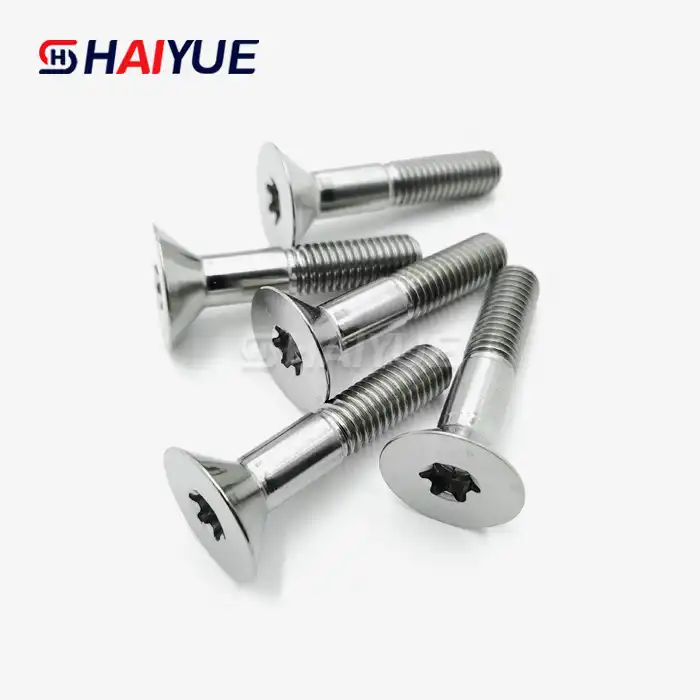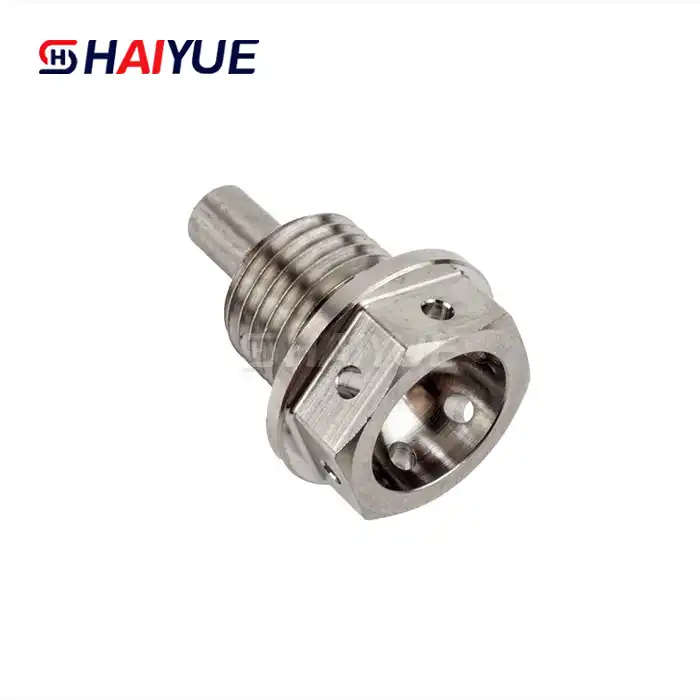- English
- French
- German
- Portuguese
- Spanish
- Russian
- Japanese
- Korean
- Arabic
- Greek
- German
- Turkish
- Italian
- Danish
- Romanian
- Indonesian
- Czech
- Afrikaans
- Swedish
- Polish
- Basque
- Catalan
- Esperanto
- Hindi
- Lao
- Albanian
- Amharic
- Armenian
- Azerbaijani
- Belarusian
- Bengali
- Bosnian
- Bulgarian
- Cebuano
- Chichewa
- Corsican
- Croatian
- Dutch
- Estonian
- Filipino
- Finnish
- Frisian
- Galician
- Georgian
- Gujarati
- Haitian
- Hausa
- Hawaiian
- Hebrew
- Hmong
- Hungarian
- Icelandic
- Igbo
- Javanese
- Kannada
- Kazakh
- Khmer
- Kurdish
- Kyrgyz
- Latin
- Latvian
- Lithuanian
- Luxembou..
- Macedonian
- Malagasy
- Malay
- Malayalam
- Maltese
- Maori
- Marathi
- Mongolian
- Burmese
- Nepali
- Norwegian
- Pashto
- Persian
- Punjabi
- Serbian
- Sesotho
- Sinhala
- Slovak
- Slovenian
- Somali
- Samoan
- Scots Gaelic
- Shona
- Sindhi
- Sundanese
- Swahili
- Tajik
- Tamil
- Telugu
- Thai
- Ukrainian
- Urdu
- Uzbek
- Vietnamese
- Welsh
- Xhosa
- Yiddish
- Yoruba
- Zulu
Titanium Square Bars: Properties and Applications Explained
When it comes to high-performance materials in different businesses, titanium square bars stand out as a flexible and strong option. These rectangular-shaped metal items offer a unique combination of quality, lightweight properties, and corrosion resistance that make them priceless in various applications. In this comprehensive guide, we'll dig into the world of titanium square bars, investigating their properties, fabricating forms, and wide-ranging applications over different sectors.
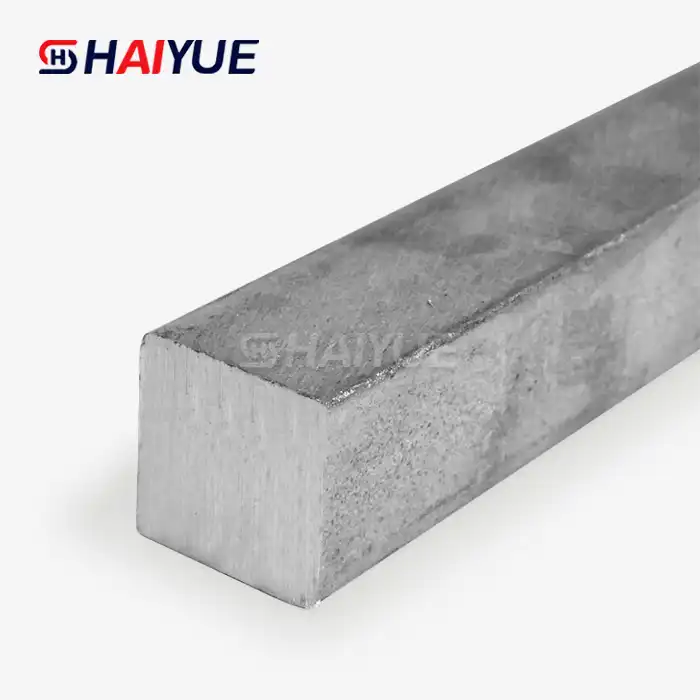
Understanding Titanium Square Bars: Composition and Properties
Titanium square bars are solid, elongated metal products with a square cross-section. They are primarily composed of titanium, a transition metal known for its exceptional strength-to-weight ratio and corrosion resistance. The unique properties of titanium make these square bars highly desirable in various industries, from aerospace to medical implants.
Chemical Composition and Grades
Titanium square bars are available in different grades, each with its own specific chemical composition. The most common grades include:
- Grade 2 (Commercially Pure Titanium): Known for excellent corrosion resistance and formability
- Grade 5 (Ti-6Al-4V): An alloy with aluminum and vanadium, offering high strength and low density
- Grade 23 (Ti-6Al-4V ELI): An extra-low interstitial variant of Grade 5, ideal for medical implants
The choice of grade depends on the specific application requirements, such as strength, ductility, and corrosion resistance needed.
Physical and Mechanical Properties
Titanium square bars boast an impressive set of properties that make them suitable for demanding applications:
- High strength-to-weight ratio: Titanium is as strong as steel but 45% lighter
- Excellent corrosion resistance: Titanium forms a protective oxide layer when exposed to air or water
- Low thermal expansion: Ideal for applications with temperature fluctuations
- Non-magnetic properties: Suitable for use in sensitive electronic equipment
- Biocompatibility: Safe for use in medical implants and prosthetics
These properties combine to make titanium square bars a preferred choice in industries where performance, reliability, and longevity are crucial.
Manufacturing Process of Titanium Square Bars
The production of titanium square bars involves several sophisticated processes to ensure high quality and consistent properties. Understanding these manufacturing steps can help appreciate the value and precision that goes into each titanium square bar.
Titanium Extraction and Refinement
The journey of a titanium square bar begins with the extraction of titanium from its ores, primarily rutile and ilmenite. This process, known as the Kroll process, involves several steps:
- Chlorination of the ore to produce titanium tetrachloride
- Reduction of titanium tetrachloride with magnesium to create titanium sponge
- Melting and purification of the titanium sponge to remove impurities
The resulting pure titanium is then alloyed with other elements if needed, depending on the desired grade and properties.
Forming and Shaping
Once the titanium alloy is prepared, it undergoes several forming processes to create the square bar shape:
- Ingot casting: The molten titanium is cast into large ingots
- Hot working: The ingots are heated and formed into rough bar shapes through processes like forging or rolling
- Cold working: The bars are further refined through cold drawing or extrusion to achieve the desired dimensions and surface finish
- Heat treatment: The bars may undergo heat treatment to optimize their mechanical properties
Throughout these processes, strict quality control measures are implemented to ensure the titanium square bars meet the required specifications and standards.
Applications of Titanium Square Bars Across Industries
The unique properties of titanium square bars make them invaluable in a wide range of industries and applications. Let's explore some of the key sectors where these versatile products play a crucial role.
Aerospace and Aviation
In the aerospace industry, where weight reduction and high strength are paramount, titanium square bars find extensive use:
- Structural components in aircraft frames and engines
- Landing gear assemblies
- Fasteners and connectors in high-stress areas
- Spacecraft components and satellite structures
The high strength-to-weight ratio of titanium square bars contributes to fuel efficiency and improved performance in aerospace applications.
Medical and Biomedical
The biocompatibility and corrosion resistance of titanium make it an excellent choice for medical applications:
- Orthopedic implants, such as hip and knee replacements
- Dental implants and prosthetics
- Surgical instruments and tools
- Bone fixation devices and plates
Titanium square bars can be machined into various shapes and sizes, making them versatile for different medical devices and implants.
Marine and Offshore
In marine environments, where corrosion resistance is crucial, titanium square bars excel:
- Propeller shafts and marine propulsion systems
- Offshore oil and gas platform components
- Desalination plant equipment
- Underwater robotics and exploration equipment
The ability of titanium to withstand harsh saltwater environments makes it indispensable in marine applications.
Chemical Processing and Energy
Titanium's corrosion resistance is valuable in chemical processing and energy production:
- Heat exchangers and condensers in chemical plants
- Pipelines and valves for corrosive fluids
- Components in geothermal power plants
- Pressure vessels in various industrial processes
The durability of titanium square bars in these applications leads to longer equipment lifespans and reduced maintenance costs.
Automotive and Racing
In high-performance automotive applications, titanium square bars offer advantages:
- Suspension components in racing cars
- Exhaust systems for improved performance
- Connecting rods and valves in high-performance engines
- Lightweight structural components in sports cars
The use of titanium in automotive applications contributes to weight reduction, improved fuel efficiency, and enhanced performance.
Conclusion
In conclusion, titanium square bars represent a pinnacle of material science, offering a unique combination of strength, lightweight properties, and corrosion resistance. From the depths of the ocean to the far reaches of space, these versatile metal products continue to play a crucial role in advancing technology and improving our daily lives. As industries evolve and new challenges emerge, the applications for titanium square bars are likely to expand, solidifying their position as a key material in modern engineering and manufacturing. Contact our team of experts today at Jolina@bjhyti.com to learn more about our product.
References
1. Smith, J. (2020). "Titanium Alloys in Aerospace Applications: A Comprehensive Review." Journal of Aerospace Engineering, 33(4), 245-260.
2. Johnson, M., & Brown, L. (2019). "Biocompatibility of Titanium Implants: Current Status and Future Perspectives." Biomaterials Science, 7(5), 1776-1791.
3. Anderson, R. (2021). "Corrosion Resistance of Titanium Alloys in Marine Environments." Corrosion Science, 165, 108412.
4. Williams, E., & Taylor, S. (2018). "Titanium in Chemical Processing: Properties, Applications, and Challenges." Chemical Engineering Journal, 352, 960-975.
5. Lee, K., & Park, H. (2022). "Advancements in Titanium Alloy Manufacturing for High-Performance Automotive Applications." Materials Today: Proceedings, 50, 1555-1562.
Main Products
Applied Industries
Be used in a wide range of industries.

Electrolytic copper foil manufacturing industry

Hydrometallurgy industry

Sewage treatment industry

Cyclone electrolysis industry
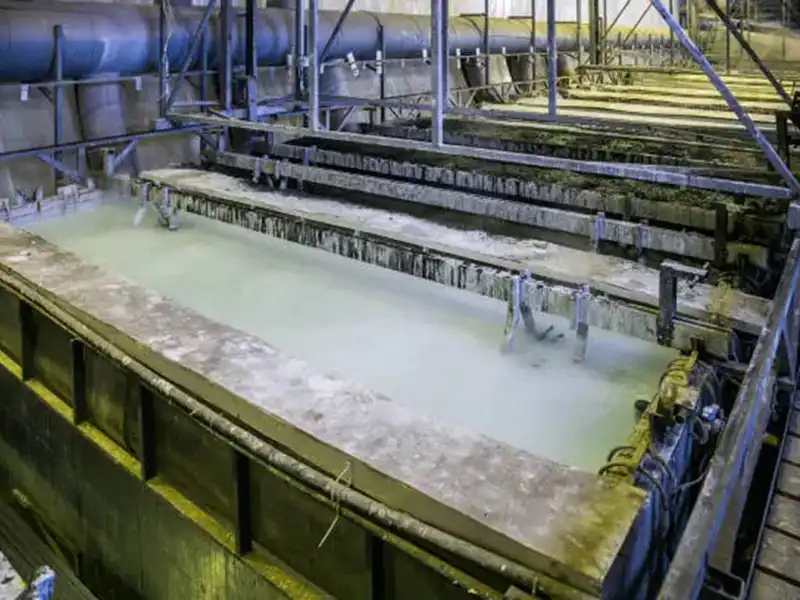
Etching liquid electrolysis recovery industry

Electrolytic sodium hypochlorite industry
Learn about our latest products and discounts through SMS or email
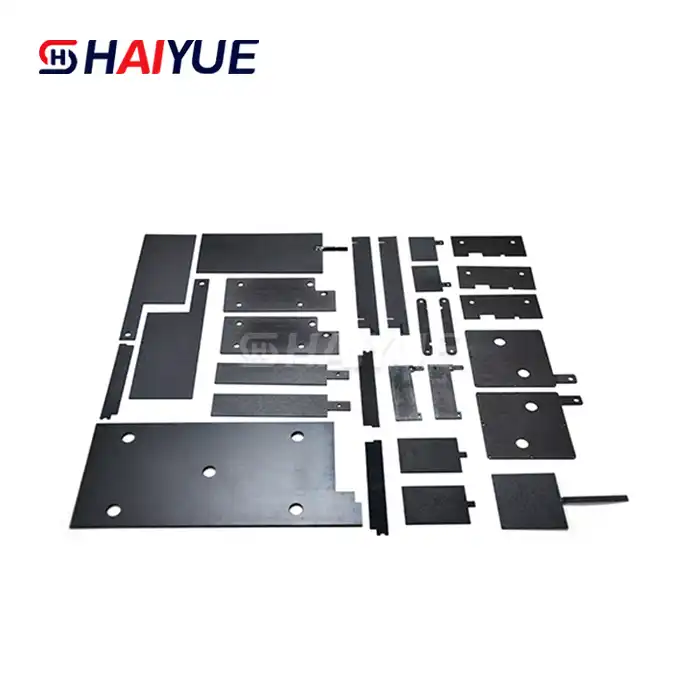

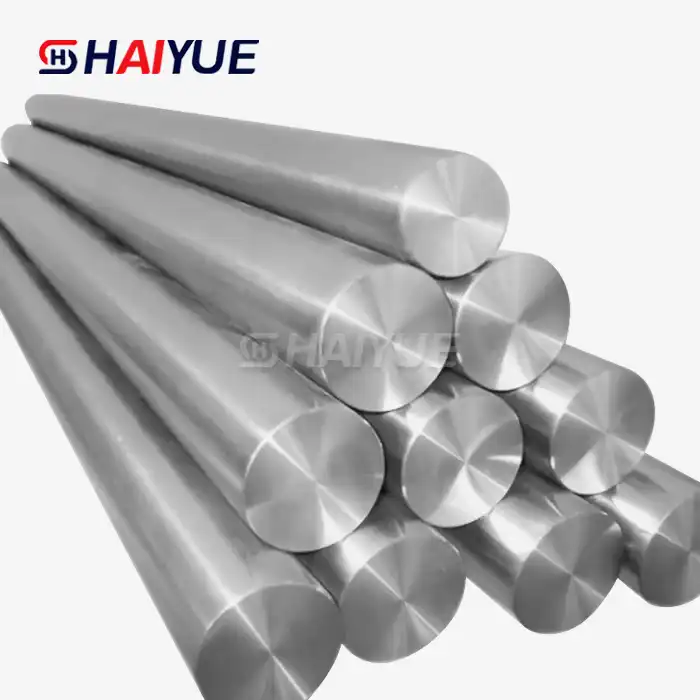
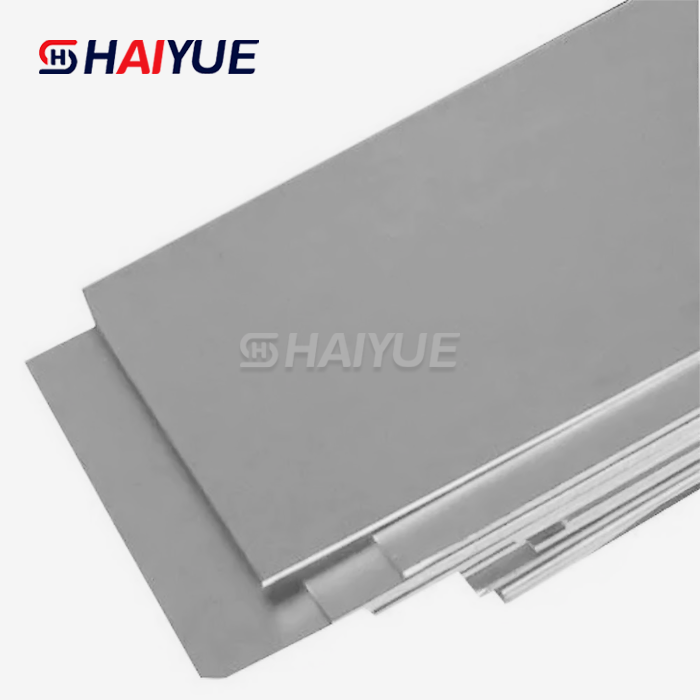
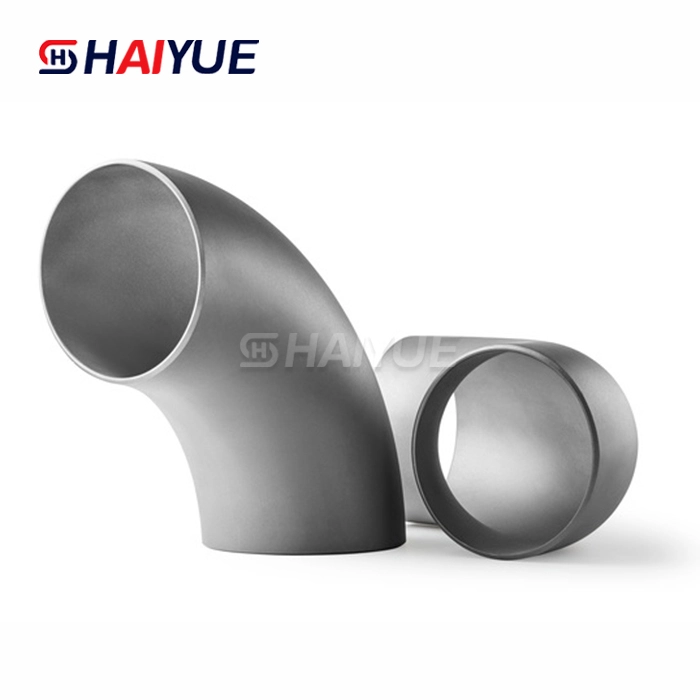
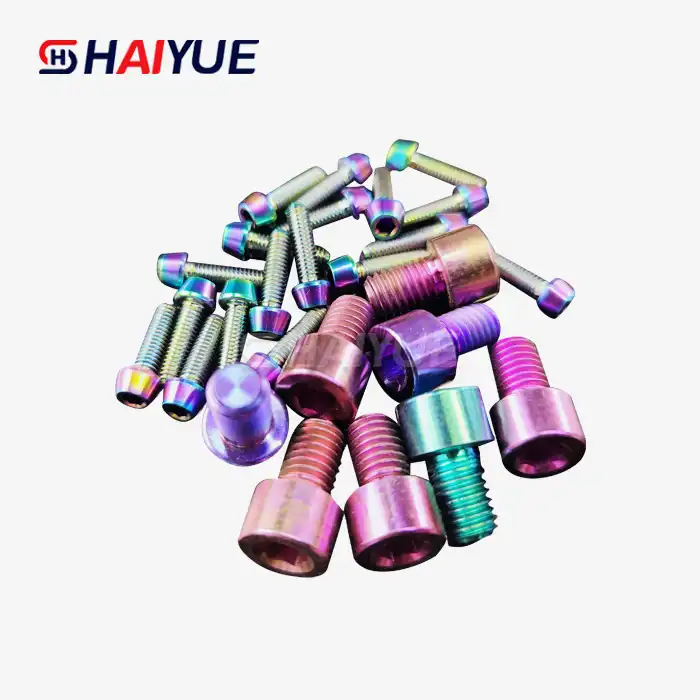
(1)(1)(1)_1736994723887.webp)
_1738914938416.webp)
